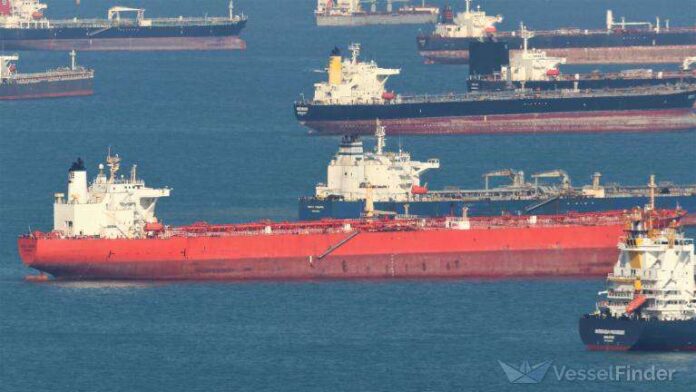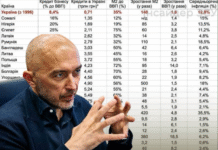The cost of workarounds
After setting the price ceiling at $60 per barrel, Russia is trying to keep its profits by using “grey logistics” - tankers without insurance, overloading on the high seas, fictitious traders in Dubai and Singapore.
In 2025, according to the Financial Times, 40% of Russian oil exports is happening outside the official control mechanisms.
| Direction. | Share of Russian exports | Average price per barrel | Main customers |
|---|---|---|---|
| India | 27% | $64 | Indian Oil, Reliance |
| China | 21% | $66 | Sinopec, PetroChina |
| UAE | 9% | $68 | Fujairah Traders |
| Turkey | 7% | $70 | Tupras, GenOil |
| EU (via third countries) | 5% | $72 | Malta, Greece, Netherlands |
Western reaction
The US and EU are preparing a new wave of sanctions, targeting shipowners, insurance companies and banks servicing illegal shipments.
*According to Bloomberg, 2025 is the lowest level in the last three years
Selling prices decreased, logistics costs increased, and the profitability of exports for the Russian Federation almost halved.
Economic impact for the world
Higher transportation costs and lower export volumes led to the stabilisation of global prices in the range of $90-94 per barrel of Brent.
The EU is spending more on energy, and inflation in some countries remains above 5%.
*Data: ICE Futures Europe
The Ukrainian factor
As a result of Ukrainian armed forces strikes on the refinery Russia lost about 20% of its refining capacity, and diesel exports fell by 25%.
This forces Moscow to increase sales of crude oil instead of finished products, which further reduces budget revenues.
Conclusion.
The world is entering a period of “energy redistribution”, where politics, military risks and sanctions determine economic stability.
For Ukraine, this is a chance to strengthen its position as a EU energy partner, by developing electricity and hydrogen exports and participating in joint green energy projects.




